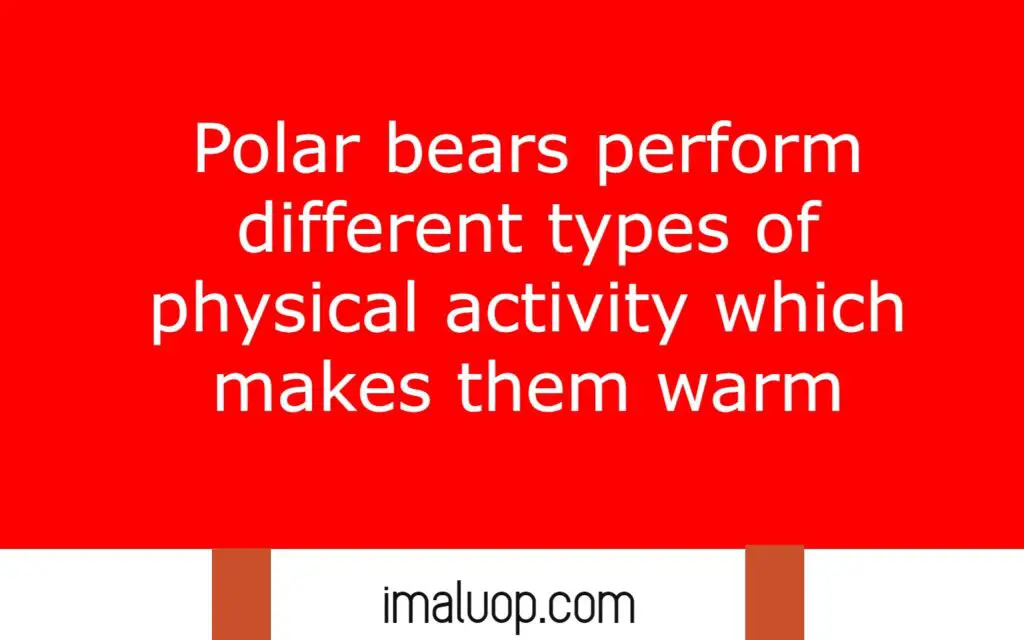Hi, now we will try to understand all major adaptations in polar bears which helps them to live in such extreme conditions. But before knowing about various adaptations in polar bears we should gather some basic information about the environment where they live.
Polar bears live in arctic regions where you can only see snow and snow. Throughout the year all the ground is covered by snow, plants grow are completely restricted. Temperature is sub-zero all the time, not suitable for most of the organism.
A lot of metabolic energy is required only for maintaining body temperature for continuing general metabolic activity. Now we will discuss all the adaptations in polar bears one by one.

Table of Contents
Polar Bear are Snow White in Colour:
Now think why they are white in colour what benefits they get for this snow white colour. We know that polar bears are carnivores and in arctic areas you can not expect a dense forest here and there.
Then how it is possible to reach closer to the prey to hunt them without being noticed by the prey. It is possible due to their special body colour which makes them unnoticed to the prey animals.
White color of their body blends nicely with the snow in their surroundings so they can easily reach the prey and become successful to hunt them. This colour not only helps them to get their food it also helps to hide them in white background against their enemy animals.
Fat Stored Under the Skin:
In polar regions animals face tough challenges to protect heat loss because they only get heat energy from the food they get not so easily. Now if a lot of energy is consumed in maintaining body heat then they need a lot of food which is not easily available in those areas.
So heat loss protection is better than eating more and more to produce a large amount of heat. Under their skin a thick layer of fat presents which makes them insulation for body heat loss.

Thick Fur For Insulation:
All of us know that the size of the polar bear is not its actual size; they appear larger due to the presence of a lot of fur. Now think what are the benefits of that fur then think why we wear sweaters during the cold season. They help to protect the heat loss and give extra insulation for body heat.
Adaptation in Paws:
Have you noticed the paws of the polar bear? If you notice carefully you will find that their paws are much wider than other animals. These wide paws give them some extra facilities to walk in snow which also give them some extra grasp so that they do not slip on snow.
Their Special Nostrils:
Do you know that polar bears need swimming most of the time and during swimming there is a high chance to enter the very cold water through their nostrils. But their nostrils can be closed and opened so they can protect their nostrils from entering water during swimming.
Physical Activity For Keeping Their Body Warm:
Polar bears perform different types of physical activity which makes them warm and for this they often swim. But they often rest and keep calm to avoid overheating.
Strong Sense of Smell:
Polar bears have a very strong power of smell which helps them to find their prey easily from distant places without consuming a lot of metabolic energy.

Food Habits:
If you know that other bears are omnivores because in other places of earth they can find both animals and plants but in polar regions plants are very rare. So polar bears are completely carnivorous and do not try to find plants.
Resource: Adaptations in Polar Bears
Read More: Adaptation in Camel Adaptation for Desert
Hi Everyone!!! Welcome to Imaluop. Imaluop always try to learn some new and he want to share to other people. Here we will try to learn various topics on Science, specially on Biological Sciences.